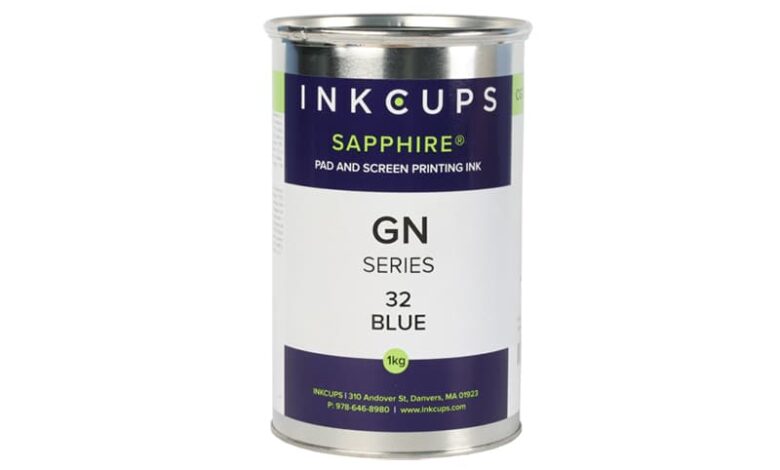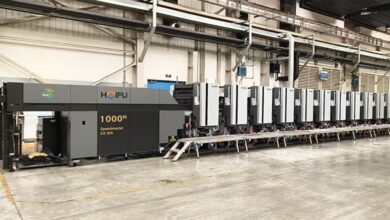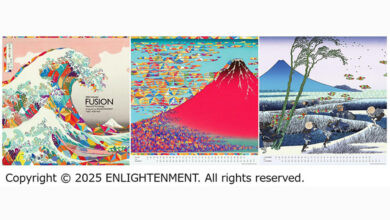Inkcups Introduces New Sustainable Pad Printing Ink

Global printing industry leader Inkcups announces the release of the most sustainable ink in its portfolio: the GN Series pad printing ink. The GN Series is the second addition to the company’s line-up of eco-sustainable inks.
The GN Series is currently offered in 10 standard colors and can adhere to a number of substrates including plastics, metals, wood, apparel and more. Compliant with the European Printing Ink Association (EuPIA) Ordinance on Materials and Articles (SR 817.023.21) in contact with food, the GN Series is safe for indirect food packaging. Since the ink follows the EuPIA exclusion list of raw materials, the GN Series can be shipped around the world safely as a non-hazardous item, saving companies on those shipping charges.
A key approval process to pass was the International Organization for Standardization (ISO) 10993-5:2009 in vitro cytotoxicity testing, which is one of the biological evaluation and screening tests that use tissue cells in vitro to observe the cell growth, reproduction, and morphological effects on medical products. Passing this ISO standard means the GN Series aligns with the United Nations Sustainable Development Goals (SDGs) of promoting prosperity while protecting the planet.
“At Inkcups, we care deeply about the environment and our impact on the planet. That’s why we strive to create green and sustainable products that can only leave a positive impression on this world,” said Joseph Shairs, Ink Manager and Compliance Officer of Inkcups. “We are proud of developing the GN Series that not only meets our superior standards for printing but also those of the most exacting organizations: the ISO, SDGs, and EuPIA. The safety of this ink will provide our customers with top print quality and peace of mind.”
The GN Series inks are available for order now.





